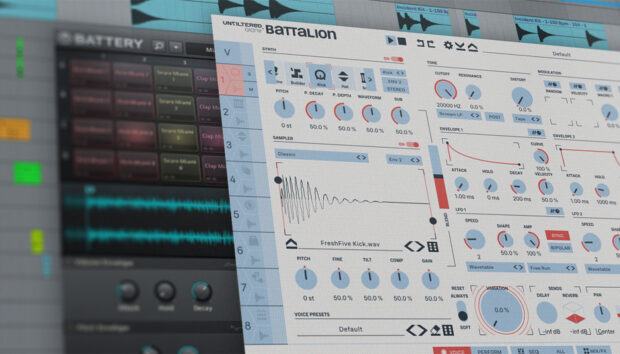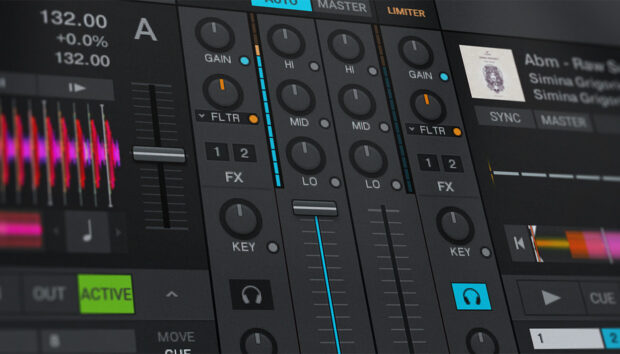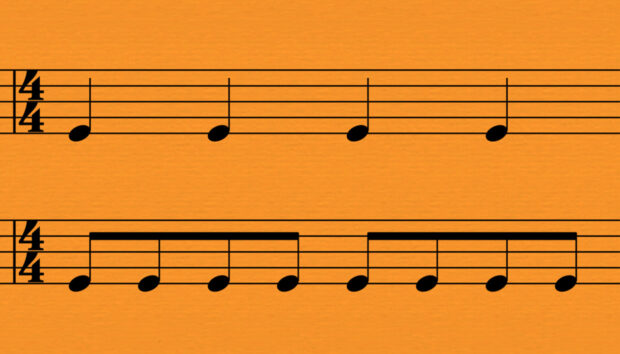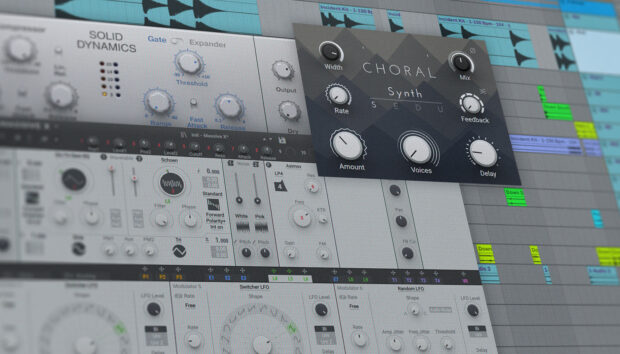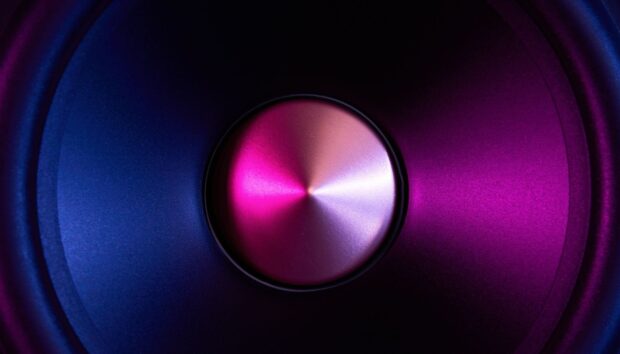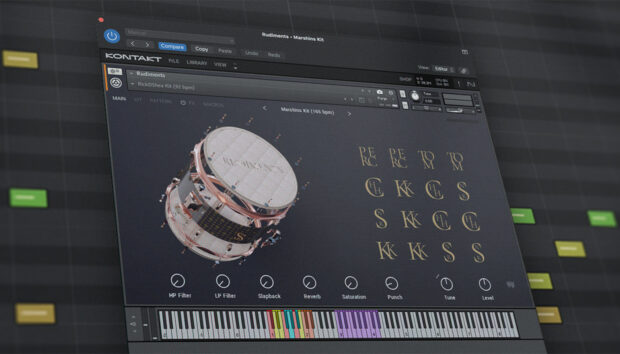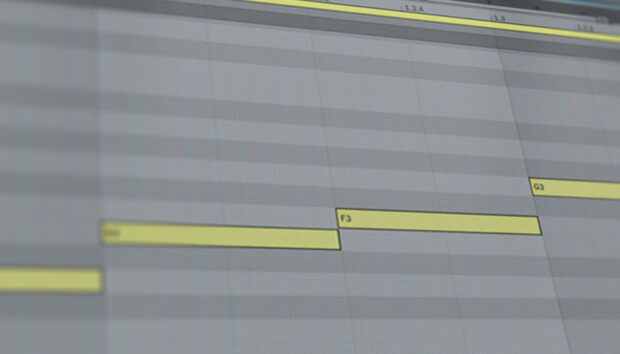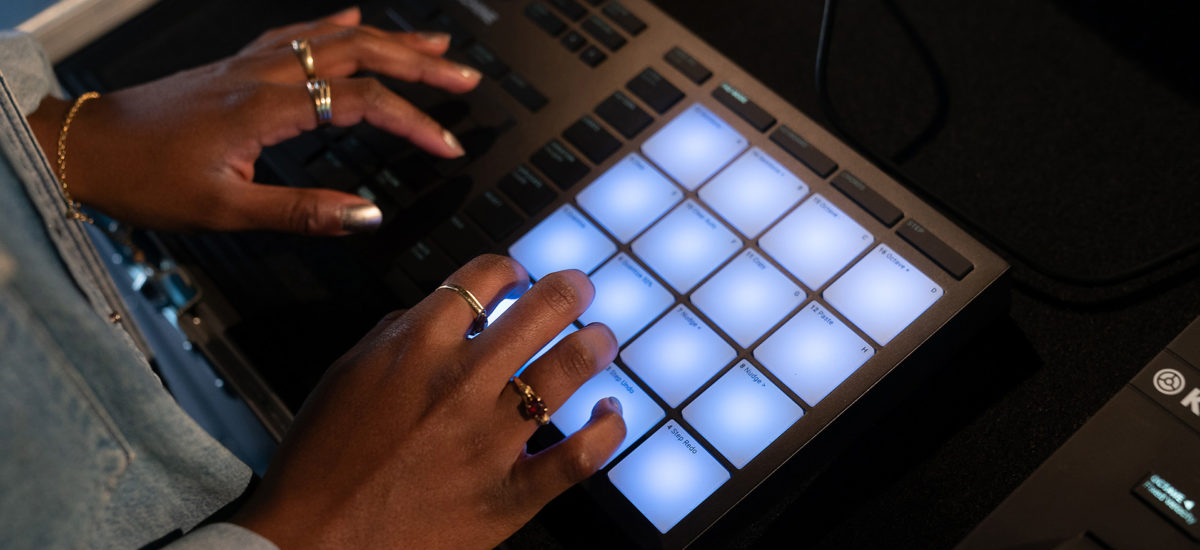
The beating heart of club-bound electronic music, the kick drum is an instrument that every producer is obligated to attain sonic mastery of in the quest for dancefloor success. Happily, while our music production ancestors had no choice but to record actual bass drums to tape (imagine that!), these days we’re truly spoilt for choice when it comes to professional-quality prefab kick samples, dedicated kick drum designer instruments, ready-to-go virtual drum kits and everything else we could possibly need to discharge our low-end percussive duties with confidence and ease.
However, while these tools are plentiful and readily acquired, the skills and techniques required to put them to effective use have to be learnt and practised – and that’s where this feature comes in.
Here, we’ve gathered together what we consider to be seven of the most important tricks and techniques you should be aware of when creating your own kick drums, no matter what electronic genre you’re working in.
1. It all starts with great samples
The importance of good source material can’t be understated in any area of music production, and the kick drum is, of course, no exception. Whether you’re laying out one-shots on an audio track or triggering them in BATTERY, POLYPLEX or any other sampler via MIDI, your sample (or samples – see below) must be up to scratch in terms of power, tonality, weight and depth, and appropriate to the genre and accompanying instrumentation. If you’re even vaguely in doubt as to the quality of any sample at any point, ditch it and look for a better one. Oh, and always tune your kick drum to the key of the track.
If you find yourself struggling with a ‘live’ kick that just isn’t cutting the mustard within a multitrack drum kit recording, there are numerous ‘replacement’ plug-ins available that can help. These use the kick track’s audio signal to trigger the sample(s) of your choice, for mixing in with the original kick or replacing it entirely.
2. Layering
Although there’s no end of mix-ready kick drum sounds available within MASCHINE, DRUMLAB etc., building your own custom kicks by blending two or three sampled layers is always a rewarding endeavor. Each layer should add its own component to the sound, so you might have a high-pass filtered ‘transient’ layer, a low-pass filtered ‘body’ layer, and an acoustic kick sample for ‘personality’, for example, mixed and processed to sound like a cohesive whole. Remember to save your construction as a preset, and/or bounce it down to a single one-shot sample, for re-use in future projects.
3. Compression and EQ
While the one-shot kicks found in electronic and dance music sample libraries often won’t need much – if any – processing to sit comfortably in the mix, those captured from acoustic drums, with their more ‘organic’ dynamic profiles and frequency variations, will usually demand some degree of compression and EQ. Compression is a powerful weapon for adding punch and weight, but be wary of squashing the life out of your kick – the compressor’s attack, release and dry/wet mix controls are your friends in this regard. And on the subject of EQ, don’t fall into the trap of just boosting the low frequencies to increase prominence: a great deal of a kick’s character and energy comes from the midrange, while the frequencies present in the initial transient might well range up into the highs.
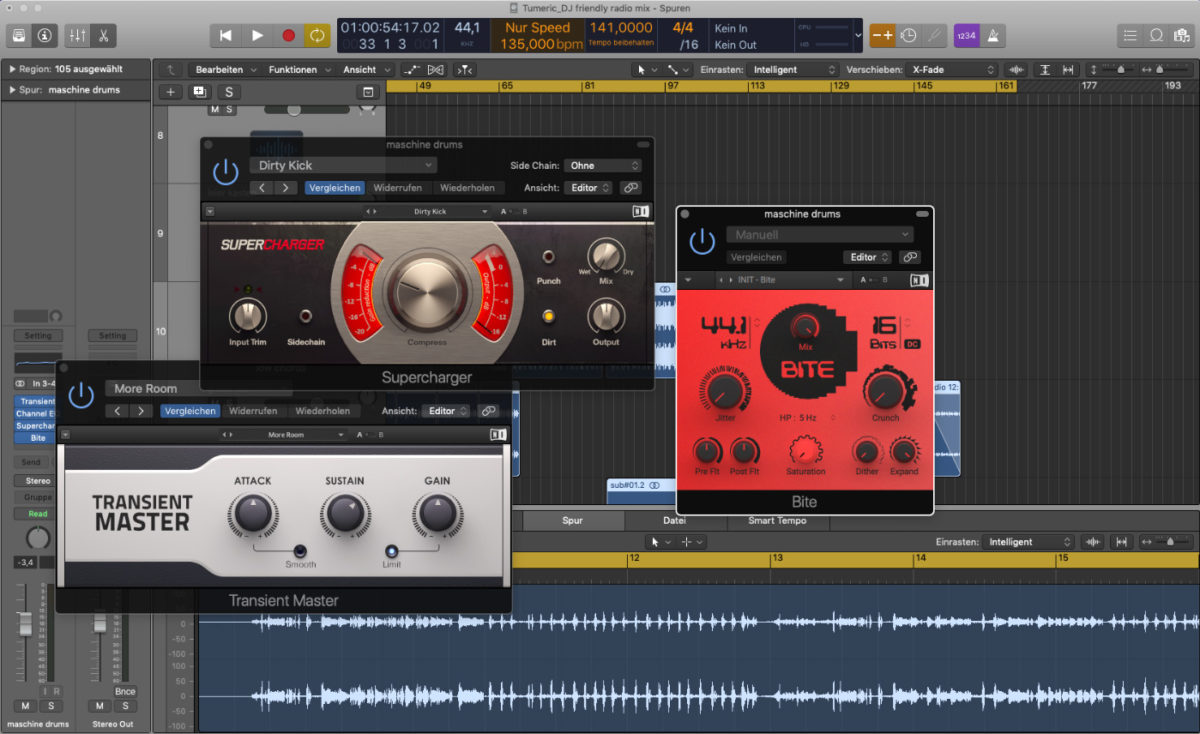
4. Distortion
For many pro producers, the application of some measure of distortion is de rigueur for any kick drum sound, whether it’s the lightest touch of presence-enhancing tube saturation or – for harder forms of dance music – the abrasive aggression of full-on waveshaping. At the gentler end of the scale, tasteful harmonic saturation can be elicited by simply overdriving any analogue compressor or pre-amp emulation plug-in – VC 160 VINTAGE COMPRESSOR or SUPERCHARGER, to name but two. For more overt kick-toughening treatments, the DIRT and BITE plug-ins from CRUSH PACK should be your first ports of call, the first delivering versatile analogue-style saturation, the second serving up super crunchy sample rate and bit depth reduction.
5. Transient shaping
Way back in the ’90s, SPL changed the dynamics processing game forever with their Transient Designer hardware unit. Enabling independent level adjustment of the attack and sustain portions of any transient-fronted signal, it instantly became a studio favourite for kick drum improvement, and today the same functionality is yours to command in the shape of TRANSIENT MASTER, amongst other plug-ins. Simply raise or lower the Attack knob to boost or attenuate your kick drum’s transient, adding punch or taming the initial impact; and tweak the Sustain knob to emphasize or dial back the non-transient content that follows, for a longer or shorter tail.
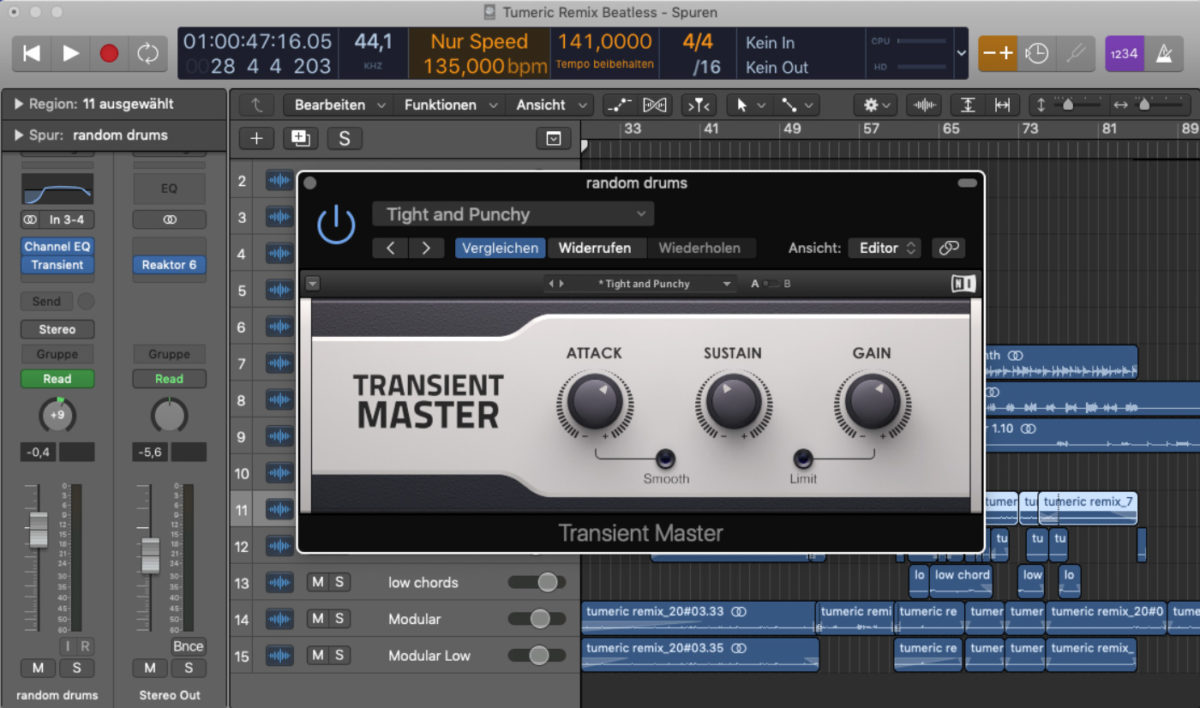
6. Sub-bass reinforcement
If your kick drum is lacking low-end heft and sustain, the addition of a synthesized sub-bass layer could be the answer. Fire up pretty much any synth and set it to output a very low-pitched sine or triangle wave – or solo its dedicated sub-oscillator, if it has one. Perhaps give the oscillator a bit of downward bend using a pitch envelope, then trigger it along with the main kick. Mix your newly generated sub in to taste, and play around with the amp envelope decay and sustain to tailor its length and fall-off.
Alternatively, for a one-stop kick-bolstering solution, check out Boom Library’s NKS-compatible Enforcer effect plugin. This uses the audio input (your kick drum) as the trigger for an easily editable sub synth with envelope shaping, ducking and more.
7. Sidechain compression
One surefire technique for getting the kick drum punching through the mix is the employment of sidechain compression to ‘duck’ the bass – and perhaps other elements – every time it hits. Almost any compressor plugin will be up to this particular job, including SUPERCHARGER and VARI COMP, and how it’s set up will depend on the manner in which your DAW supports sidechaining. Some (Logic Pro X, for example) let you select the kick drum channel as the sidechain input into any compressor directly within the plugin interface, while others (Ableton Live) require routing of the kick drum channel to the compressor via an auxiliary return or duplication of it for use as a silent sidechain source.








